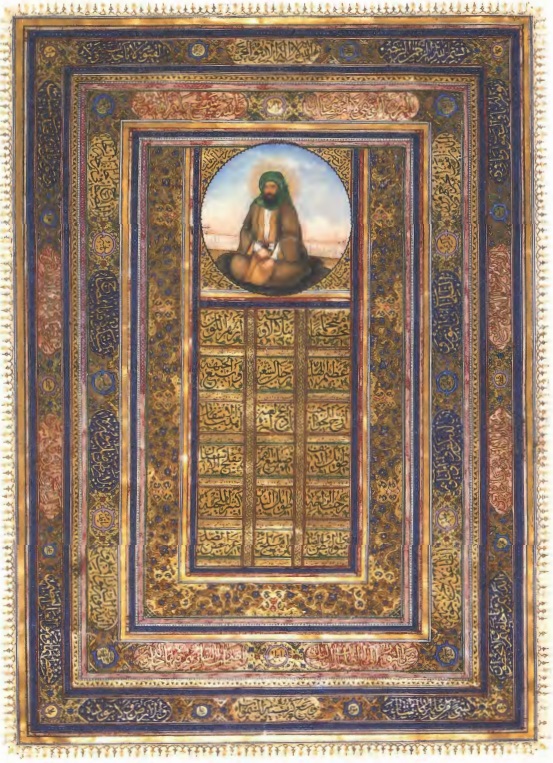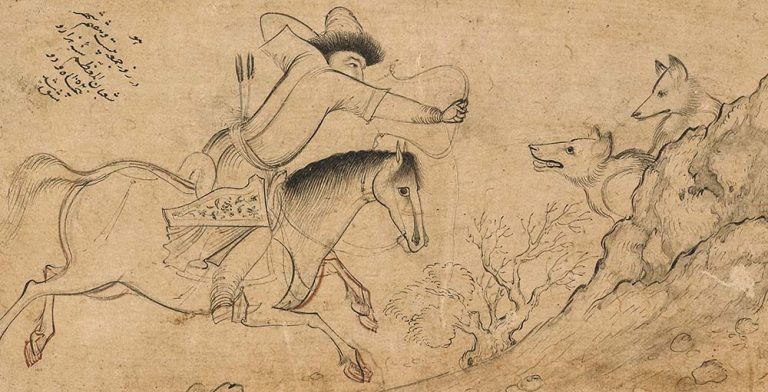
Iranian Design: From Ancient Pottery to Innovative and Unprecedented Forms
Iranian Design: From Ancient Pottery to Innovative and Unprecedented Forms
Drawing or design is one of the diverse branches of the visual arts and is regarded as one of the earliest forms of human communication, often executed with simple tools and lines. Etymologically, the word “design” means “planning” or “mapping”, but in a specialized sense, it refers to recreating visual images or giving form to mental concepts. At its simplest, design is the creation of images using a wide range of tools and techniques, which is why it is regarded as the foundation of all visual and applied arts. In artistic terminology, design corresponds to the words “Drawing” and “Design”, both used with slight differences in meaning. Design as Drawing implies a more concrete and tangible sense, emphasizing the use of lines as a fundamental element in creating images. Design as Design (Dizain) does not necessarily involve line drawing; rather, it emphasizes conceptualization, evaluation of various aspects, and functional considerations of a project. In fields such as graphic design, industrial design, and fashion design, the term “Design” is preferred over drawing, and its application adapts according to the artistic discipline.
One of the key features of the art of design is that it can serve as a prelude to creation in other arts, such as painting, architecture, and sculpture, while also existing as a fully realized and independent work of art.
The style of design has evolved over time, reflecting shifts in artistic perception and acquiring new meanings in each era. In ancient Eastern art, there was no clear distinction between design and painting. Eastern artists represented nature as they saw and understood it, relying more on their imagination than direct observation. Their goal was to create works inspired by nature, prioritizing creativity and invention over precise imitation.
In ancient Iran, artists also did not separate design from decorative motifs. They would first sketch a design with pencil lines and then proceed to color it. Independent design in Iran began with artists such as Mohammadi and Sheikh Mohammad, reaching its pinnacle in the works of the great Iranian designer Reza Abbasi.
د.
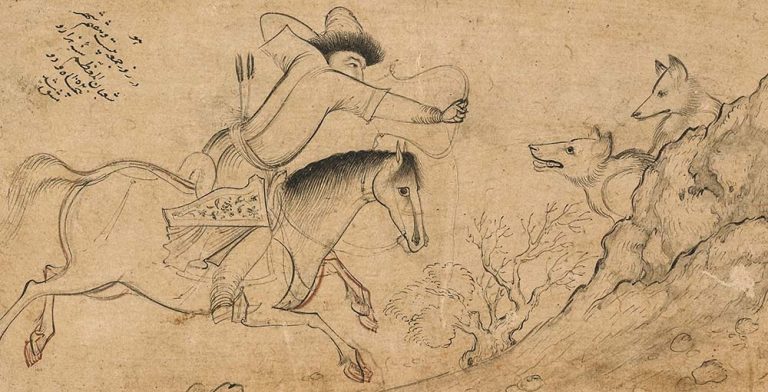
“Wolf Hunter” — Work by Reza Abbasi
Although the concept of design has evolved in the modern era, its importance and necessity remain undiminished. Due to its simplicity, clarity, and expressive power, the art of design serves as the foundation for all branches of the visual arts. However, as mentioned earlier, design is not always dependent on other art forms; it can also stand as a complete and independent work of art in its own right.
History of Design
Design, in a broad sense, traces back to very ancient times. Some art historians even consider the markings made by early humans on cave walls as examples of design. Prehistoric designs, often executed in primitive drawing techniques, can be seen in the depths of Altamira Cave in Spain, Lascaux, Pre-Merl, and Dordogne in France, as well as in Dosheh and Mirmlas in Iran. Key shared features of these early designs includes the Simplification of forms, the Alteration of proportions, and the Exaggeration of essential features in human, animal, and everyday shapes.
In ancient Greece, design served as a prelude to painting and sculpture. In ancient Eastern civilizations, including China, there was no clear distinction between design, painting, and calligraphy. In ancient Egypt, as evidenced by wall paintings, design was taught as a discipline and used symbolically to decorate tombs, temples, and palaces.
Viewed from this perspective, many simplified stone, clay, and metal motifs created by humans throughout history also fall under the definition of design, reflecting its pervasive and foundational role in visual expression.
Techniques and Tools of Design
Design can be executed using a variety of techniques and tools. Some of the most common include Graphite pencils, Charcoal, Pen and ink, Brushes, Conte pencils, Colored pencils, Chalk or pastel, Metal-nib pens, Ballpoint pens, fountain pens, markers, and Rapidograph pens. Paper is the most common surface for design, but other surfaces are also used, including Wood, Cardboard, Canvas, Fabric, Leather, Ceramics, and Wooden or metal sheets.
These tools and surfaces enable artists to explore a variety of textures, line qualities, and expressive effects, expanding the creative possibilities of design.
Next, we will review some of the most important techniques and tools for designing.
A) Pencil
The pencil is the most widespread tool and technique in design. A pencil made from pure carbon is also called graphite. In design:
- Hard graphite pencils are used for fine, precise lines.
- Soft graphite pencils, which produce darker, broader lines, are used for shading and bolder strokes.
Today, there are three main types of graphite pencils: Soft pencils (B) – Very suitable for drawing; the higher the number, the softer and darker the pencil, Hard pencils (H) – Produce lighter, thinner lines, commonly used in technical and engineering drawings, and Medium pencils (HB) – Standard or general-purpose pencils. Graphite pencils enable artists to vary line weight, tone, and texture, making them indispensable for both detailed and expressive design work.
.
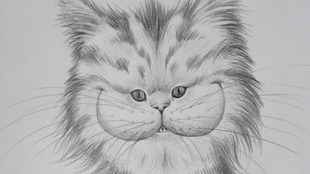
A Pencil Drawing
B) Charcoal
Charcoal is one of the most common and ancient tools and techniques in design. It is primarily made from the branches of willow, grapevine, or boxwood, which are very fragile. In charcoal drawing, Lines are applied to the paper with very light pressure. By varying the pressure, artists can achieve different degrees of darkness and shading, and Charcoal allows for rich, expressive lines and is especially suited for dynamic sketches, tonal studies, and dramatic effects. Its versatility in creating both soft gradients and bold marks makes charcoal a staple medium in both classical and contemporary design.
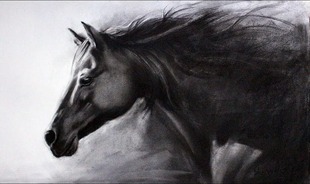
A Charcoal Drawing
C) Pen and Ink
In pen and ink drawing, the outcome largely depends on the type of pen chosen by the artist. Any tool capable of applying ink onto paper or other smooth surfaces falls within this medium. Today, drawing inks come in a wide variety of types and colors, ranging from black and brown to white ink. Key aspects of pen and ink drawing include the ability to create fine, bold, soft, firm, thin, or thick lines depending on the pen tip, High contrast and precision, making it suitable for detailed illustrations, technical drawings, and expressive line work, and Versatility in combining line styles, textures, and shading techniques to achieve varied visual effects. Pen and ink remain a classic and enduring technique in both traditional and contemporary design.
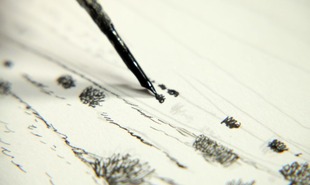
An Example of a Pen and Ink Drawing
D) Conté Pencil
The Conté pencil resembles a graphite pencil in appearance and comes in two types: dry and greasy. Characteristics of Conté pencil drawing Like graphite, its marks are not glossy, but the darkness on paper resembles that of charcoal which is allows artists to create a wide range of tones, from light to dark and The tip can be used for fine or thick lines, while the side of the pencil, similar to charcoal, can be used to fill larger areas. Conté pencils are valued for their versatility and ability to produce both precise lines and rich tonal shading, making them a staple tool in both classical and contemporary design.
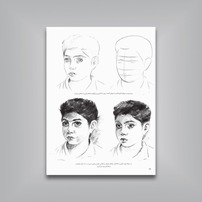
A Conté Pencil Drawing
D) Conté Pencil
The Conté pencil resembles a graphite pencil in appearance and comes in two types: dry and greasy. Characteristics of Conté pencil drawing Like graphite, its marks are not glossy, but the darkness on paper resembles that of charcoal which is allows artists to create a wide range of tones, from light to dark and The tip can be used for fine or thick lines, while the side of the pencil, similar to charcoal, can be used to fill larger areas. Conté pencils are valued for their versatility and ability to produce both precise lines and rich tonal shading, making them a staple tool in both classical and contemporary design.
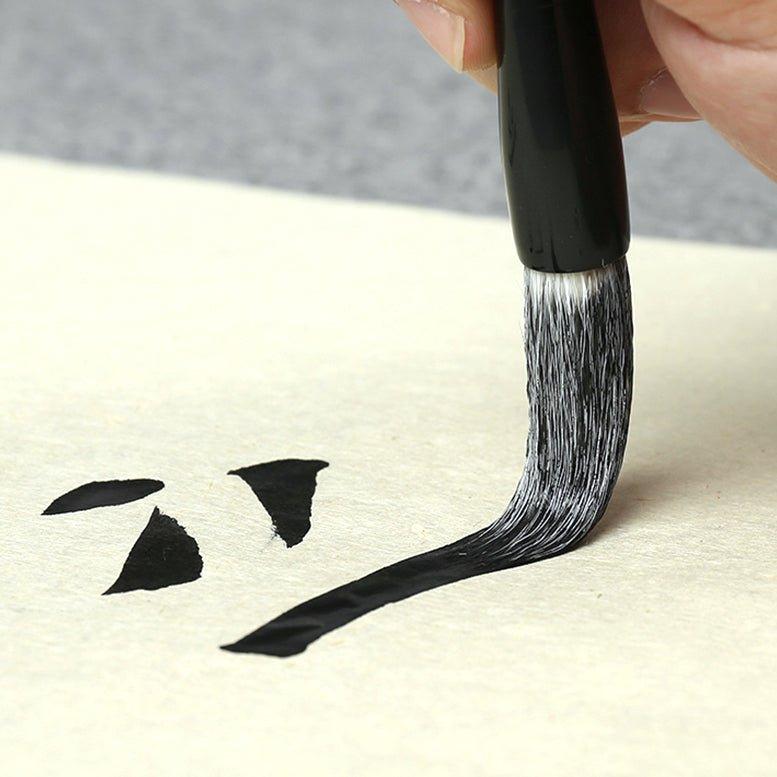
A Brush Drawing
F) Chalk (Pastel)
Chalk or pastel is as commonly used in design as charcoal. Like charcoal, chalk is ideal for quick, adjustable sketches. Being a natural material, it comes in various degrees of hardness, softness, and density. Today, pastels are made by combining natural chalk with pigments, sea-floor minerals, and gum arabic, resulting in a medium with a Wide color variety, Versatility in shading and blending, and the ability to create both soft gradients and bold, vibrant strokes. Chalk and pastels are widely used in sketching, illustrative design, and fine art, enabling artists to achieve expressive lines, tonal richness, and deep, vibrant colors.
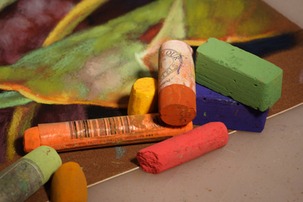
A Pastel Drawing
G) Marker and Rapidograph
Drawing with markers, rapidographs, ballpoint pens, and fountain pens operates in a manner similar to pen and ink drawing. Common features of these tools include a reservoir that stores a certain amount of ink, the mark they leave on the drawing surface. The thickness of the tip and its effect on the surface determine the quality and character of the lines. Rapidograph pens with round, cylindrical tips allow for uniform, thin, and highly precise lines. Markers offer greater tip variation, enabling artists to draw lines ranging from very thin to very thick. These tools are ideal for technical drawings, detailed illustrations, graphic design, and expressive line work, offering precision, versatility, and consistency in design.
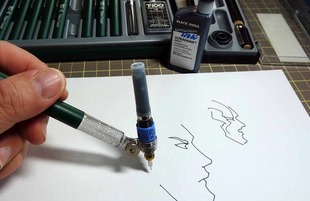
A Rapidograph Drawing
H) Watercolor and Gouache
Watercolor, gouache, and ink, as their names suggest, are part of wet or mixed media drawing materials, and each of them offers a wide variety of colors. One common feature of these tools is that when drawing with them, it is possible to use various types of brushes. Drawing with these tools typically begins with thin, light layers of color, with subsequent layers applied only after the previous ones have dried.
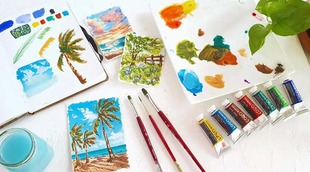
A Gouache Drawing
I) Digital
The use of modern and digital (computer-based) tools and techniques has become very common today, alongside traditional design tools such as pencil, chalk, and charcoal. Digital techniques are widely used in many applied arts, including graphic design, industrial design, and architectural design. In digital design, just like in hand-drawn design, there is a need for thinking and planning, direct involvement of the artist with the machine, and, in some cases, precise hand movements in the virtual space.
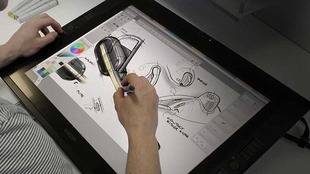
Digital design
Design in Iran
The history of design in Iran dates back to the cave and rock paintings of Lorestan (Dosheh and Mirmalas caves and the rock art of the Hamiyan Valley). This type of design follows unwritten and unknown traditions that were available to humans during that period. After this long period, the most distinctive Iranian designs can be found on the smooth surfaces of ancient pottery. These include abstract or figurative designs, in which the creators fluidly represented the essence of natural forms by varying line thickness.
In various historical periods, design, as understood in the Western sense, cannot be found in Iran. Instead, one can speak of a visual and representational tradition that, despite historical ruptures and influences from non-Iranian traditions, maintained a relative cohesion. The most important principle in this visual tradition is the Iranian designers’ disregard for mere repetition or imitation of nature, emphasizing instead the expression of mental and symbolic concepts. This reached its peak and refinement in several centuries of book illustration and Persian miniature painting (8th to 11th centuries AH). Among these works, there are single-sheet linear designs in the truest sense, formed from freeplay of lines and not indebted to the art of any other land. A notable feature of these designs is the emphasis on shapes through diagonal lines, curves, and delicate brushstrokes. Nevertheless, while drawing on shared Eastern traditions—particularly Chinese—they maintained their distinct approach, refraining from directly imitating nature despite technical similarities.
Design, during the transition from the golden age of Persian miniature painting (11th to 13th centuries AH), by adapting European methods, reached new and unprecedented forms, culminating in the works of some late Qajar period artists. In the early 20th century, Iranian designers, having completed their academic training, practiced classical forms of design. With the recognition of modern art in Iran, design took on a somewhat local character, providing a suitable field for Iranian designers to explore and create new experiences with personal ideas. Today, design, both independently and in conjunction with other arts, is taught to students in art schools and university art programs in Iran.
| Name | Iranian Design: From Ancient Pottery to Innovative and Unprecedented Forms |
| Country | Iran |
| Type | Designing |
Choose blindless
Red blindless Green blindless Blue blindless Red hard to see Green hard to see Blue hard to see Monochrome Special MonochromeFont size change:
Change word spacing:
Change line height:
Change mouse type:
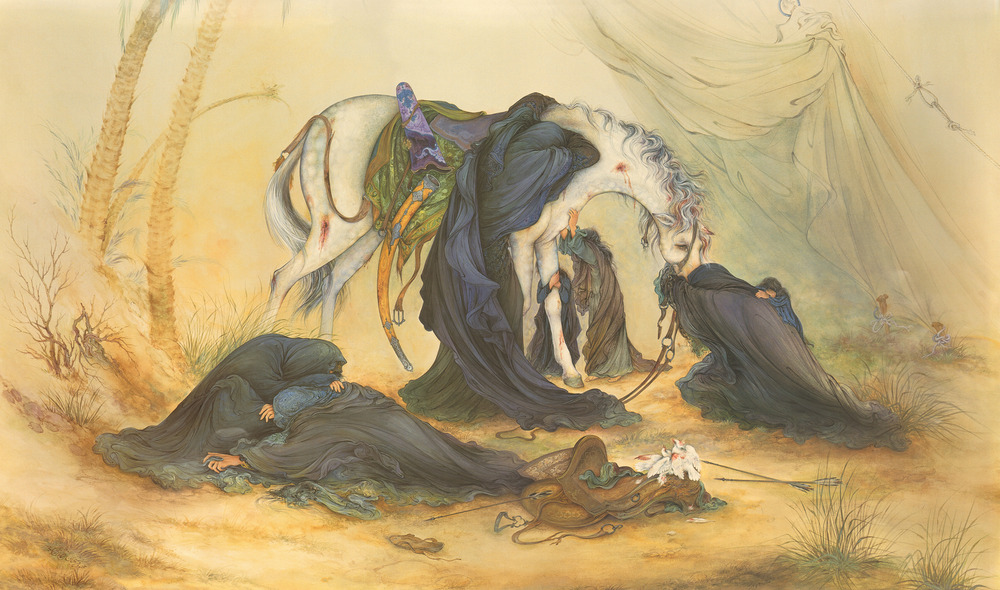
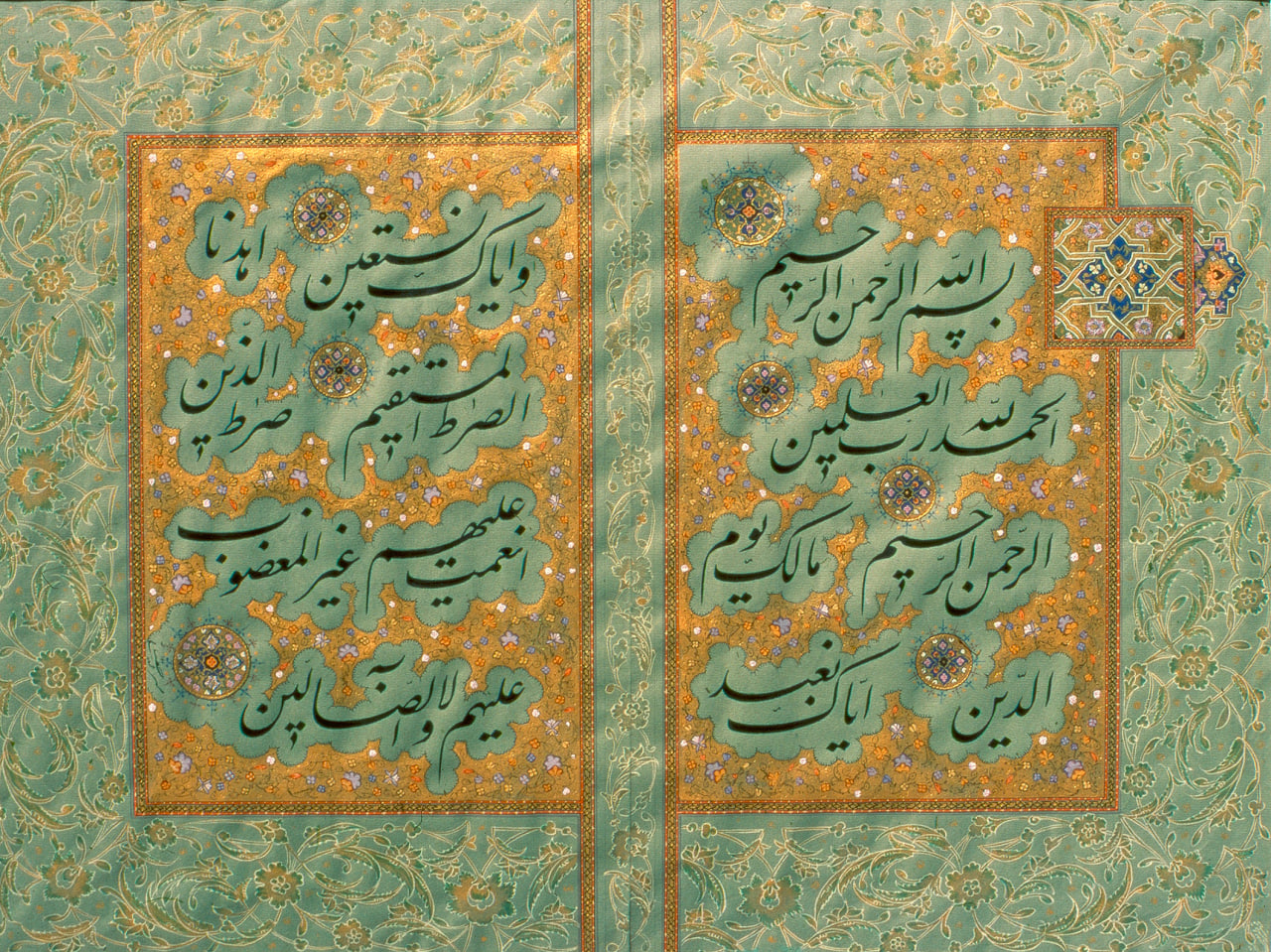

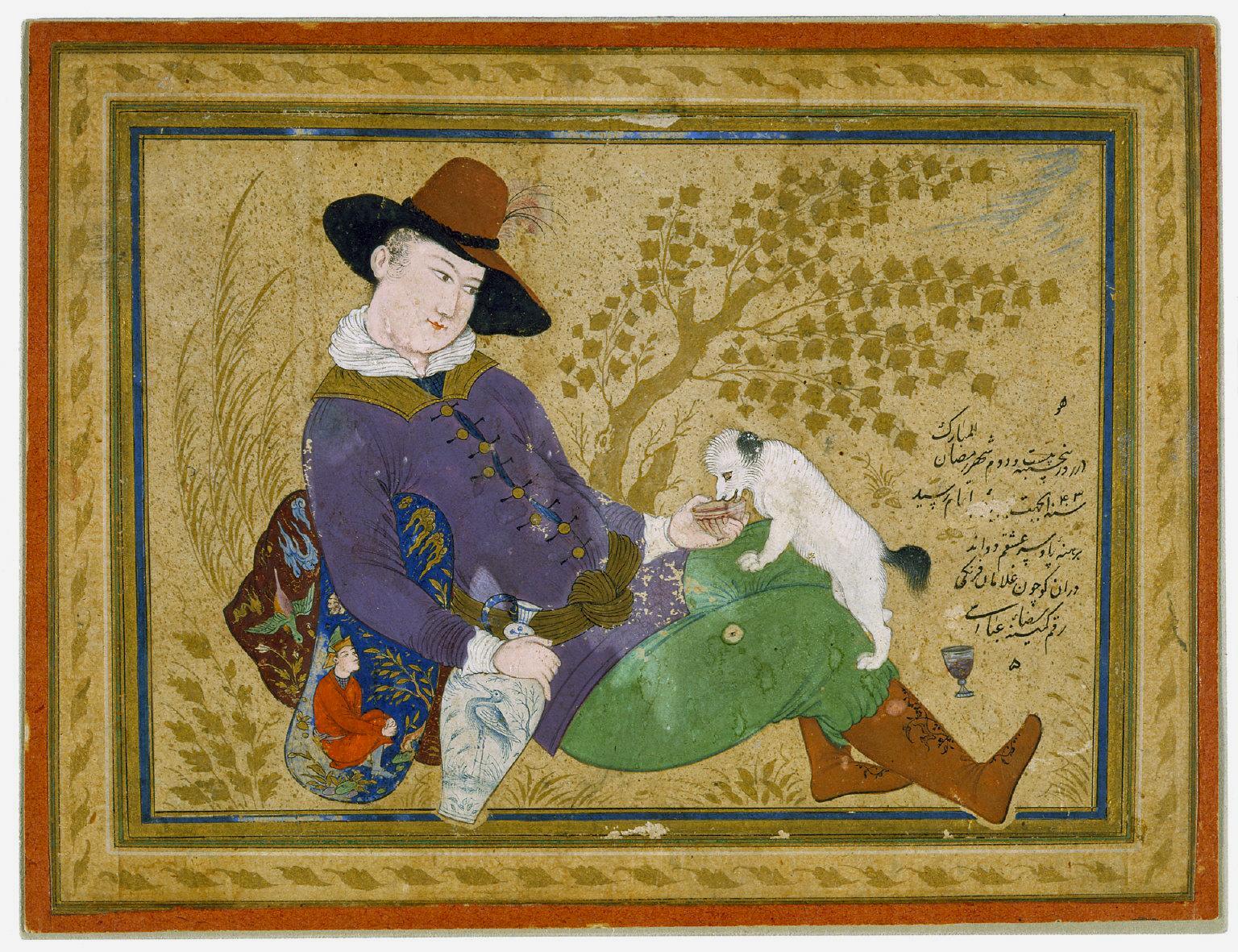
.jpg)
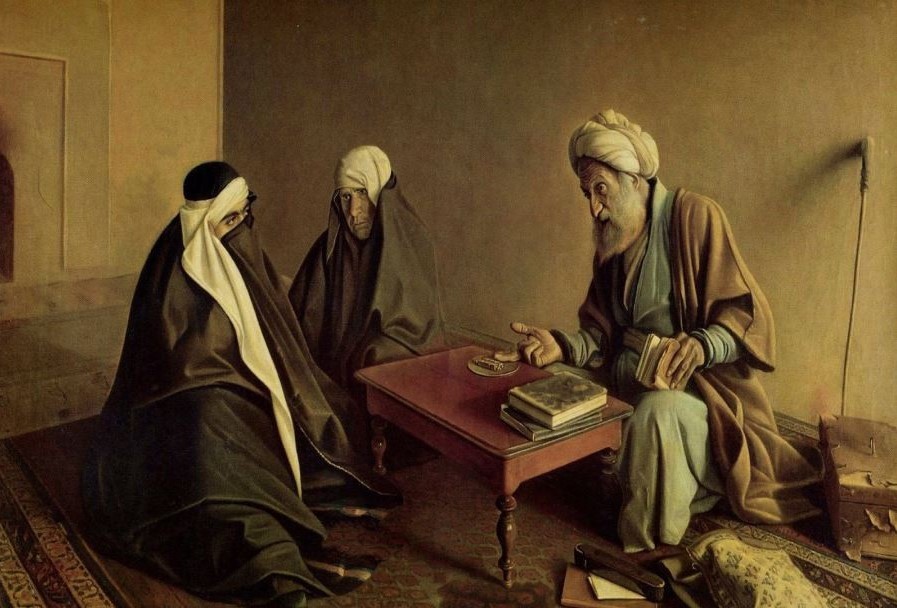
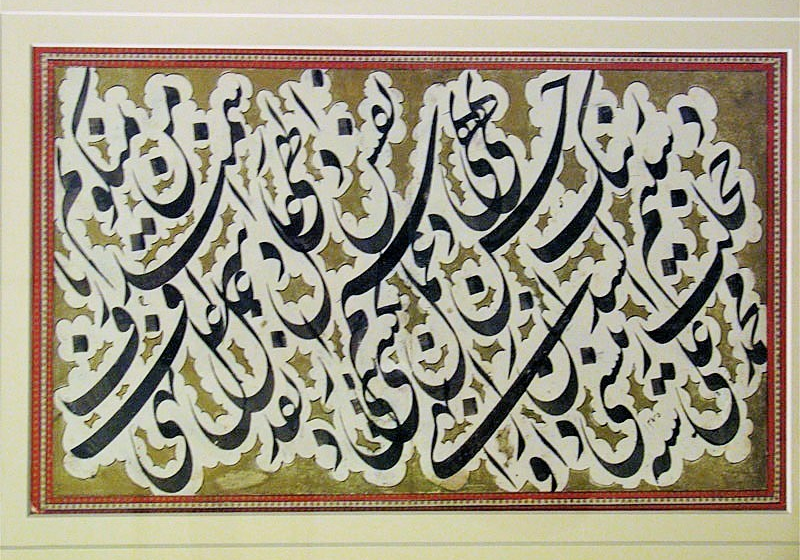
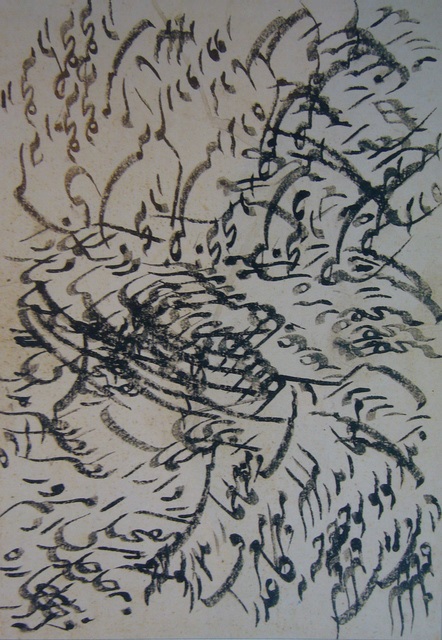
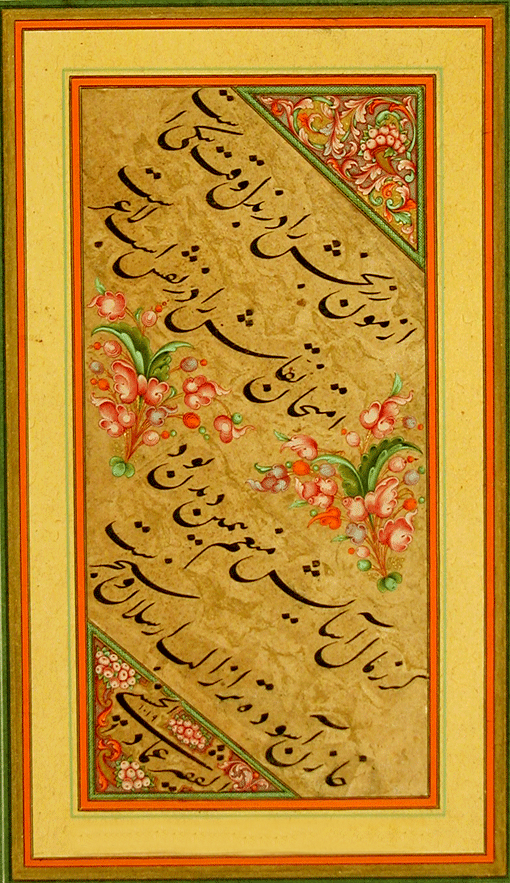
(7)_1_1.jpg)
